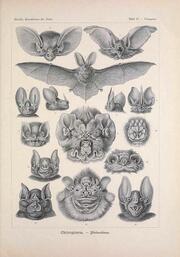|
South Africa has a brand new country on its doorstep. Well, sort of. To celebrate 50 years of independence in 2018 (and the King’s 50th birthday) Swaziland was renamed the Kingdom of eSwatini. Last year, I visited for a 1000-kilometre weekend break. ‘Is that your boat?’, one Thulani asks me with a grin. He’s referring to my sweet ride parked in the shade - Volkswagen’s zooty New Tiguan Allspace. It’s my second day on my second trip to Swaziland and I’m accompanied by two Thulani’s (who also happen to be the same age) on a bumpy drive through Malolotja Nature Reserve. I smile back at Thulani, ‘No, that’s my yacht’. In keeping with the theme of doubles, luckily both Thulani’s laugh at my joke. One Thulani, Mr Nkambule is my guide, the other Thulani, Mr Malaza, is the operations manager and we’re about to embark on the treetop Malolotja Canopy Tour. When I crossed into the Kingdom of eSwatini (perhaps you’ll better recognise it as Swaziland) at Ngwenya border, I was surprised at how mountainous this section of our neighbouring country was. I thought Lesotho was supposed to be the mountain Kingdom! However, this national park bordering Mpumalanga in South Africa is home to high hills and magnificent hiking trails - 200km of them. There are also 17 backpacking camps and routes that range from two to seven days. For a quicker injection of adventure though, there’s the canopy tour. ‘This one is called the Rabbit Hole. Do you know Alice in Wonderland? Well, this is the Malolotja Wonderland and you’re going to follow our ‘rabbit’ Thulani all the way’, says the other Thulani at the first platform of the zip line tour. Once I step off the edge, the wonderland is revealed from behind the canopy’s foliage curtain. It sure is wonderful. We crisscross a boiling stream called the Majolomba River, passing tree ferns and wild banana plants to the echoing cries of baboons calling in the gorge. There are 11 platforms, 10 slides and a gut-wrenching 50-metre-long suspension bridge to cross. All too quickly the tour comes to an end and it’s time to drive on. Initially, I planned to stay over at the cabins here in Malolotja, but the grounds are a little dishevelled. Despite the interiors looking good when I peeped through the window of one unit, I decided instead to hop back into the comfy Tiguan and continue my exploration of eSwatini. Besides, I had only done about 100km today and I could do with more time behind the wheel. Yesterday, I drove from Johannesburg and visited some of Swaziland’s most iconic tourism venues. First, Ngwenya Glass and then Mlilwane Wildlife Sanctuary (which means ‘little fire’ in siSwati), Swaziland’s trailblazing conservation area established back in 1961. Each evening there’s a cosy fire that even the warthogs can’t resist. You’ll find them huddling close to the coals on cold nights like mine. However, ‘little fire’ also refers to the prevalence of lighting and veldfires in the area. Read more about Mlilwane: Moving mountains in the Kingdom of eSwatini Ngwenya Glass is nearby and I found the open factory absolutely mesmerizing. Tourists can watch as the glass-workers heat and mould recycled glass into magnificent creations - dolphins, lions, vases and extraordinary drinking glasses. It was hot in there and the rising warmth licked my neck with sweat so I tore myself away to indulge in a milkshake in the cafe upstairs. Other crafters and unique Swazi creations can be found in the small shopping complex too - I personally loved the woven baskets and jewellery cleverly created from old magazine pages. Then it was off to Malolotja, where I find myself now, waving goodbye to the two Thulanis. From Malolotja I forge on to Pigg’s Peak. There’s a fork in the road and I choose the scenic route past Maguga Dam, slowing down to soak up the scenery. When I clamber out the car at the dam viewpoint, a sign warns me to watch out for crocodiles, but I see no ngwenya. When I left for eSwatini, everyone warned me about potholes and bad roads, but save for the odd crumbling verge, I’ve been really impressed with the tarred conditions - better than many of Mpumalanga roads I later drove nearby. Back in the VW and unsure of whether to push through to Barberton or not, curiosity wins. I steer down a dirt track lured by signage pointing to Phophonyane Falls Ecolodge. Here I was thankful for the car’s high clearance. Although it’s surrounded by plantations, the lodge is an oasis perched beside a gorge and its very own waterfall. I checked in without hesitation along with the 240 bird species you can find in the grounds. There are both sedate and strenuous trails to while away the afternoon looking for a Narina trogon. I choose sedate and take a stroll to the gurgling stream for a golden-hour sundowner with the equally golden local brew, Sibebe beer. (Once back in SA, I read on the website that their motto is ‘Peace, Privacy, Paradise’ and that sure sums it up perfectly). After a cosy night tucked into my chalet and a breakfast buffet of fresh farm bread and fried eggs, it’s time to tackle the terrible road back to South Africa via Bulembu. Several people advised against it, but I couldn’t believe a road could be that bad. It wasn’t, right up until the last few kays into the mission town, Bulembu. The old logging track climbs into the plantations and offers splendid views across eSwatini, but then old patches of tar give way to butt-squeezing potholes. It’s more hole than road and when a Toyota Corolla comes trundling past I thank my lucky stars for the capable VW. Once through Bulembu border (it takes all of five minutes to cross) I’m twisting down the R40 on the Barberton Makhonjwa Geotrail back in South Africa. This artful 37km self-drive route takes you more than three billion years back in time via its several informative stops. Each lay-by has an info board explaining the geology lying in the mountains before me and it takes over an hour to check out each stop. At the bottom of the hill, it’s just another couple of kays to the quaint town of Kaapsehoop - my last stop of the trip. Now famous for its feral horses, the little mining town was initially known as Die Duiwel’s Kantoor thanks to the twisted and spooky rock formations that line the escarpment and mists that commonly swirl up into the village. I could push on home today, but The Devil’s Office is absolutely charming on my visit so I stay. Plus, it’s locals night at the mountain pub, Salvador Mainstreet Bistro, and it should be way more interesting than the N4. Swaziland's weekend stays & places to play Ngwenya Glass Village See the factory where recycled glass is turned into magnificent works of art. There’s also a reasonably-priced cafe.
Mlilwane Sanctuary Stay in the unusual Swazi-style beehive units and join warthogs at the evening fire. Malolotja Canopy Tour Fly over eSwatini’s most magnificent mountains on this epic canopy tour. Phophonyane Falls Enjoy a peaceful oasis in the natural forest perched beside a waterfall. There are also 4x4 trails on the property you can tackle for more breathtaking views. Saddle Up Eatery Enjoy homemade fare from a gypsy-style caravan beside beautiful horses and views over the escarpment just a few kilometres from Kaapsehoop. Lambourn’s Self-Catering Guest House. This beautifully maintained, historical six-bed accommodation belongs in the gold-rush era. Atmospheric light fills the rooms and the sprawling rock garden is home to tall aloes, rock dassies and Gurney’s sugarbirds. This story first appeared in Leisure Wheels magazine.
0 Comments
Leave a Reply. |



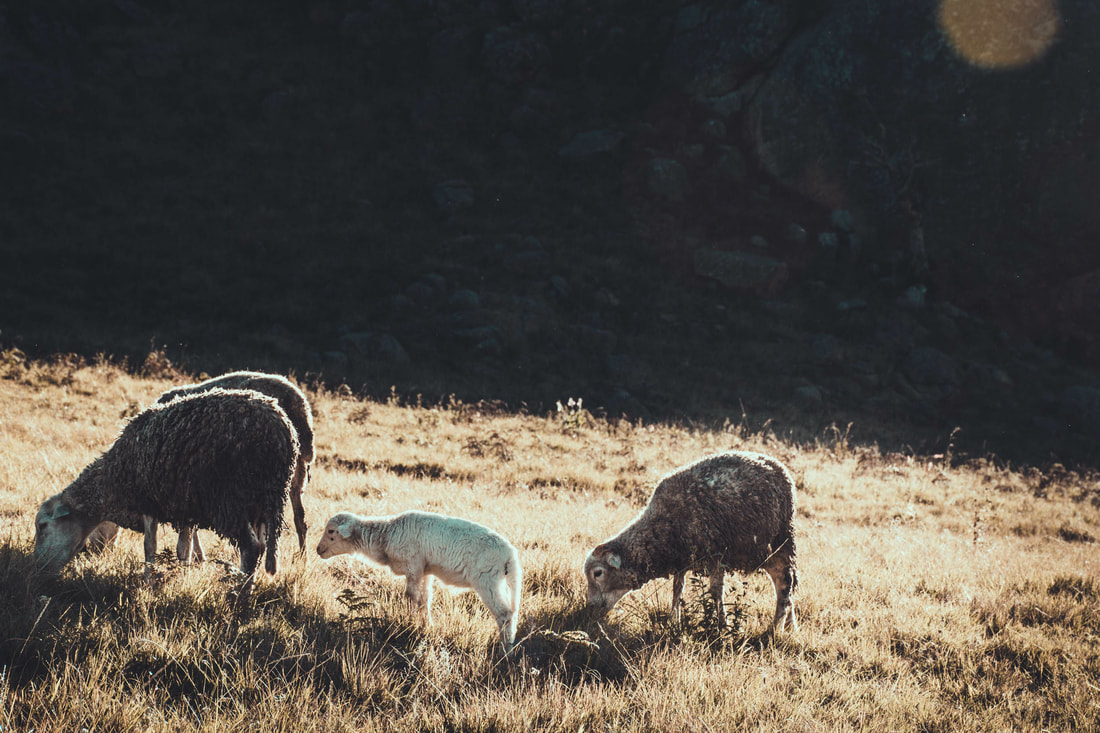



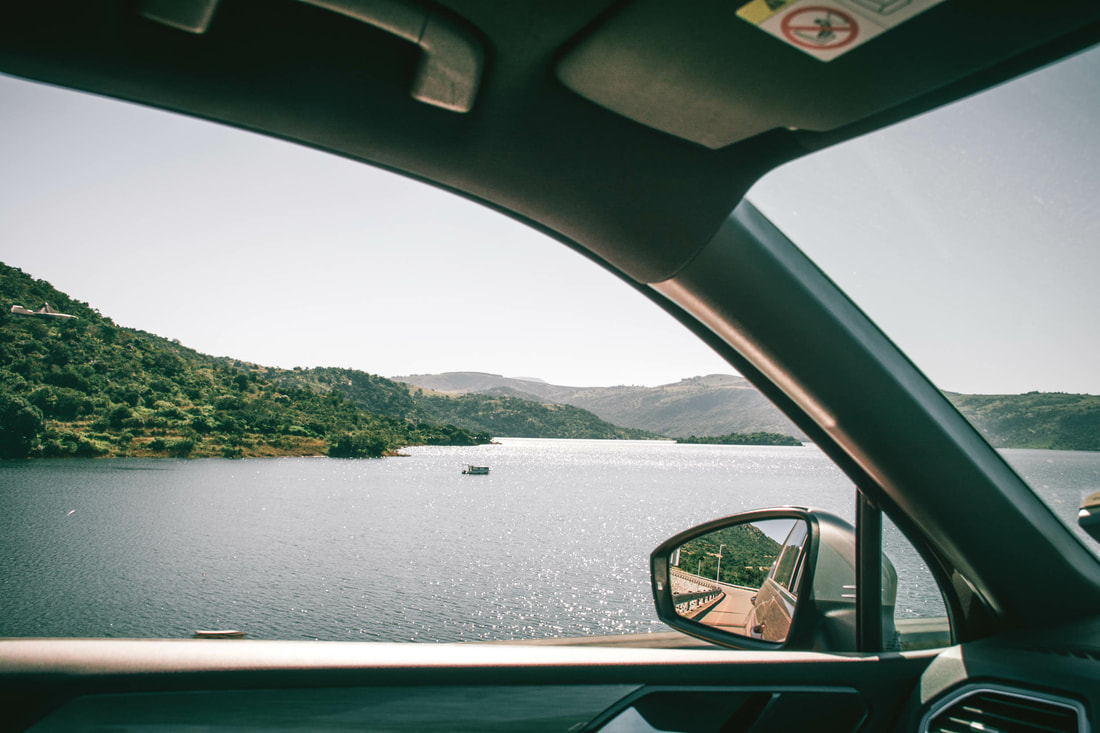



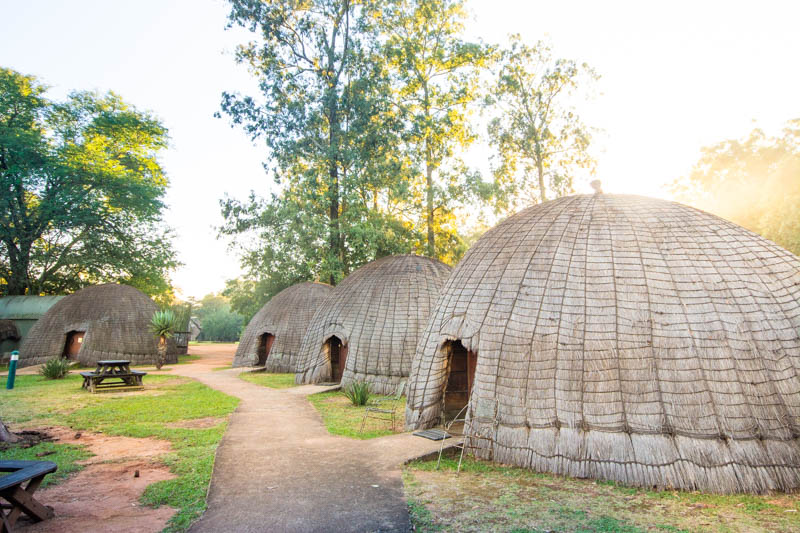

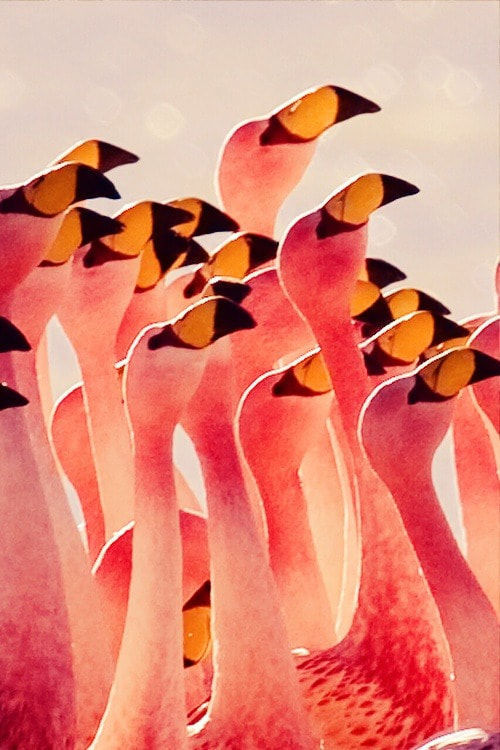
 RSS Feed
RSS Feed
